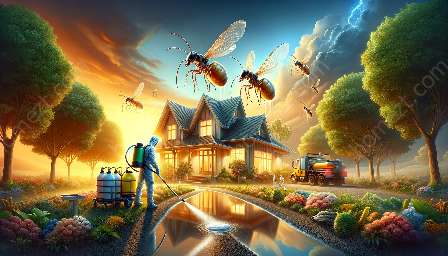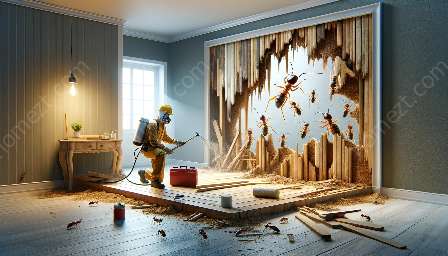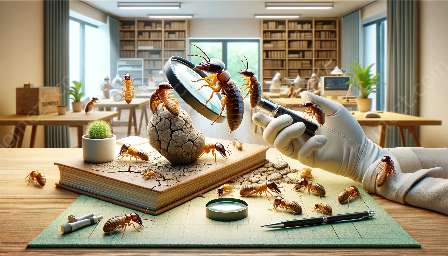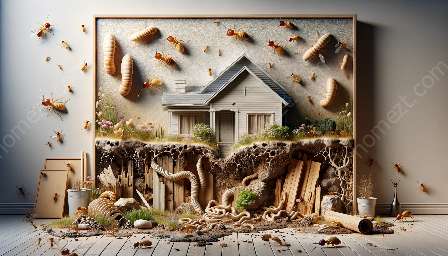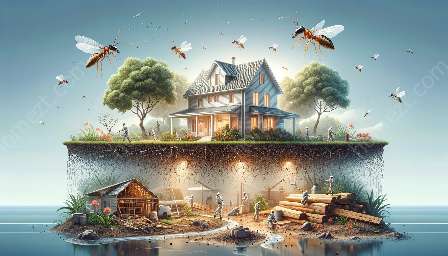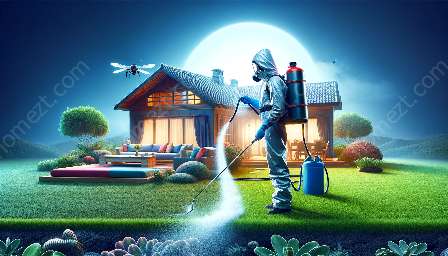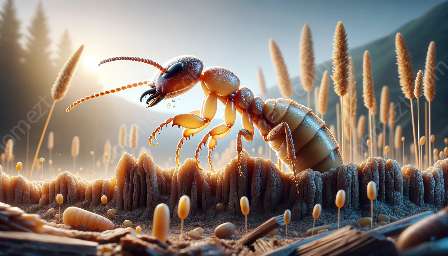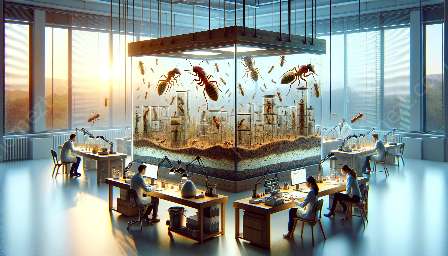As homeowners and property managers, dealing with termites can be a nightmare. These pests can cause extensive damage to structures, leading to costly repairs and potential safety hazards. In this article, we'll explore various termite treatment methods and pest control techniques that can help you protect your property from infestations.
Understanding Termites
Before delving into treatment methods, it's essential to understand the behavior and characteristics of termites. Termites are social insects that live in colonies and feed on cellulose-based materials, such as wood. They are highly organized and can cause significant structural damage if left unchecked. There are different types of termites, including subterranean, drywood, and dampwood termites, each requiring specific treatment approaches.
Termite Inspection
The first step in effective termite control is a thorough inspection of the property. Professional pest control experts can identify signs of termite activity, such as mud tubes, discarded wings, and wood damage. This inspection helps determine the extent of the infestation and the most suitable treatment method.
Chemical Treatments
One common approach to termite treatment is the use of chemical barriers and soil treatments. This involves applying termiticides around the perimeter of the property to create a barrier that prevents termites from entering or infesting the structure. Chemical treatments can also be applied directly to infested areas or wood to eliminate existing termite colonies.
Baiting Systems
Baiting systems are another effective method for controlling termites. These systems utilize bait stations strategically placed around the property to attract termites. Once termites feed on the bait, they carry it back to the colony, leading to the elimination of the entire termite population. Baiting systems are considered environmentally friendly and can provide long-term protection against termites.
Wood Treatments
For localized infestations, wood treatments such as borate-based products can be used to protect susceptible areas from termite damage. These treatments can be applied to wooden structures, furniture, and other vulnerable areas to deter termites and prevent further damage.
Integrated Pest Management
Integrated Pest Management (IPM) is a holistic approach to pest control that emphasizes prevention and sustainable solutions. By addressing environmental factors, moisture control, and building design, IPM aims to minimize the conditions that attract and support termite infestations. This approach is often combined with other treatment methods for comprehensive termite control.
Professional Pest Control Services
When dealing with severe termite infestations or complex structural challenges, seeking the assistance of professional pest control services is crucial. Experienced technicians can assess the situation, recommend the most effective treatment methods, and provide ongoing monitoring to ensure long-term termite protection.
Preventive Measures
Preventing termite infestations is key to preserving the integrity of your property. Regular inspections, addressing moisture issues, and minimizing wood-to-soil contact are essential preventive measures. Additionally, maintaining a well-ventilated and dry environment can deter termites from establishing colonies.
Conclusion
Protecting your property from termites requires a proactive approach and a combination of effective treatment methods. By understanding termites' behavior and employing appropriate pest control techniques, you can safeguard your home or business from the destructive impact of these pests. Whether through chemical treatments, baiting systems, or integrated pest management, taking decisive action against termites is essential for maintaining a pest-free environment.



















